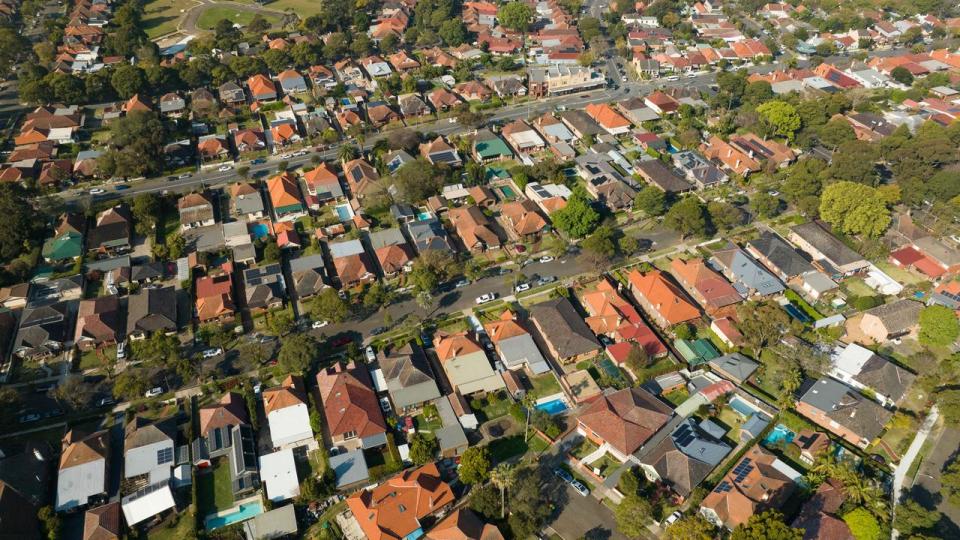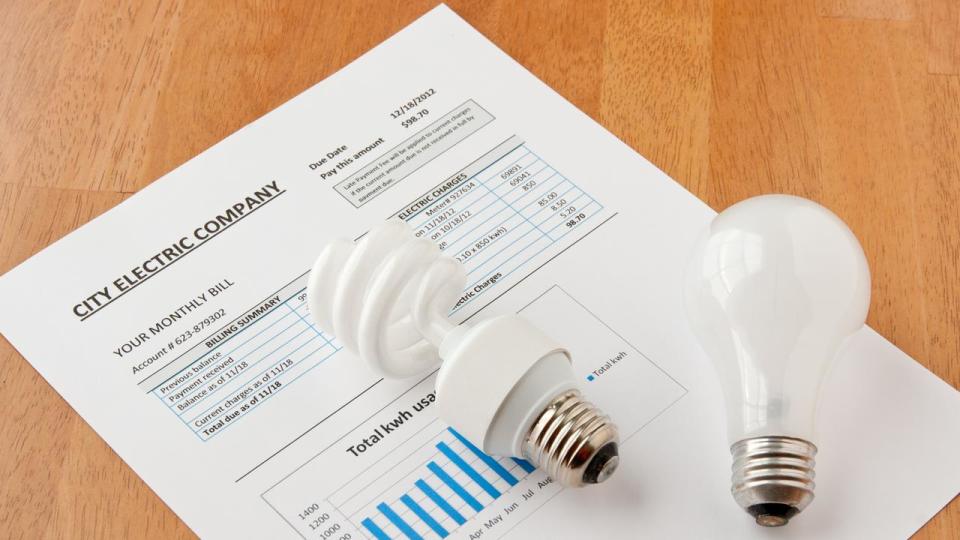What battling Aussies have been waiting for

Struggling Australian households could expect lower power bills this year after new figures showed wholesale electricity prices fell dramatically in 2023.
According to the Australian Energy Regulator’s (AER) latest report, wholesale electricity prices fell by between 44 per cent and 64 per cent last year. Average annual east coast gas market spot prices also fell by 43 per cent, data showed.
Lower fuel prices, an increase in cheaper renewable power as well as milder weather were among the reasons for the falls.
“Both electricity and gas prices during the quarter remained well below the record prices of 2022 and were now closer to longer-term annual averages,” the AER said.
“Once retailers’ wholesale costs adjust to the lower prices going forward, prices faced by consumers should reflect these lower costs.”
A record number of Australians reported being unable to pay their power bills after electricity prices rose by more than 20 per cent between 2022 and 2023.

While wholesale electricity prices fell in NSW, Victoria and South Australia in the last three months of 2023, costs increased in Queensland, where hot and humid periods drove increased use of airconditioning units, compared with the previous quarter.
Record rooftop solar also contributed to low electricity demand, including record minimum demand in Victoria and South Australia.
Energy Minister Chris Bowen said the latest data confirmed that government policy and “record levels of cheap renewable power” were contributing to much lower wholesale prices, which “ultimately flow through to consumer bills”.
The AER said changes in forward prices would take time to be reflected in prices faced by consumers.

“Although we saw increased electricity prices in some regions and a small increase across all regions in the gas market during the quarter, these remain significantly lower than those experienced in 2022 and closer to the levels seen at the end of 2021,” AER board member Jarrod Ball said.
“The proportion of electricity output sourced from coal and gas fell to a record low of 66 per cent, down from 67 per cent the previous quarter.
“Each region set a new solar output record this quarter, and although relatively little new generation entered the market, a significant increase in new entry is currently scheduled for 2024.”

 Yahoo Finance
Yahoo Finance 